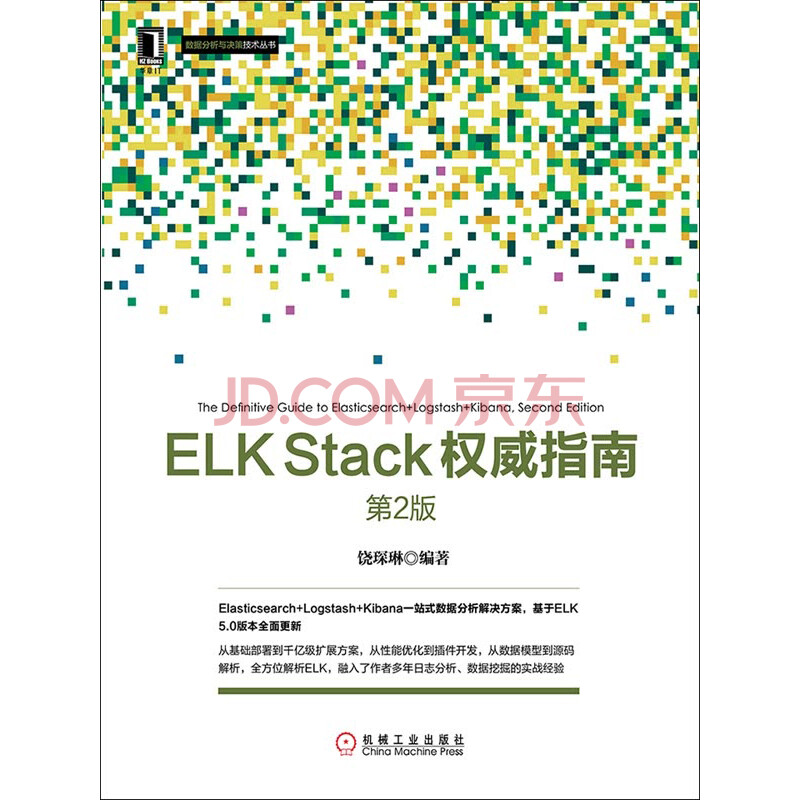有些Word文档想搬到博客上来,而博客用的是markdown的格式。最简单的办法是在Word里转成html格式另存为,因为markdown和html是兼容的。不过word直接另存为的html里面带有“海量”的无聊样式,实在不方便之后我们再用vim的工具编辑。所以还是想办法整整。
相对来说,Word的docx格式比doc格式要容易处理,因为docx是微软特意推出的open xml格式。其实就是记录了文本内容的content.xml、附件media/*和对应附件路径的_ref.xml等的zip包而已。所以相对必须在Windows平台上调用WIN32OLE的API来处理的doc来说,我们在linux平台上也可以很容易的处理docx文件了。比如rubygems上就有一个很不错的gem叫ydocx。一般的docx库都是只抽取docx里的content文字,而这个ydocx很负责的把media/*也复制到docxname_files/images/*下面,并且在html里生成<img>标签了。
然后另一步就是把html转换成markdown,这在github上也有现成的repo叫downmark_it。嗯,这名字一目了然就是反过来……
(ydocx用的是nokogiri,downmark\_it用的是hpricot,或许应该也改用nokogiri比较好~不过nokogiri官网可耻的被墙了)
首先安装依赖
apt-get install libxslt1-dev libxml2-dev
gem install rubyzip htmlentities rmagick ydocx hpricot
wget https://raw.github.com/cousine/downmark_it/master/downmark_it.rb
编写转换脚本
require 'rubygems'
require 'ydocx'
$: << File.dirname(__FILE__)
require 'downmark_it'
filename = ARGV.shift
ydocx = YDocx::Document.open(filename)
html = ydocx.to_html.gsub(/\n/, '')
puts DownmarkIt.to_markdown(html)
这样就能看到输出了。目录里的每个章节都有引用格式凸现,美中不足是对word里的标题样式识别不太好,本来期望是可以自己生成<h1>、<h2>的,但是ydocx生成的html里只把第一个标题一变成<h1>,其他的都是普通的<p>。
另一个问题是上面脚本里直接调用to_html的方法,不会保存住unzip出来的images文件夹。自己再另写一段unzip的代码:
require 'fileutils'
require 'zip/zip'
require 'zip/zipfilesystem'
def unzip(zip_file, dest_dir)
Zip::ZipFile.open(zip_file) do |zf|
zf.each do |e|
path = File.join(dest_dir, e.name)
FileUtils.mkdir_p(File.dirname(path))
zf.extract(e, path) { true }
end
end
end
dirname = File.basename(filename, '.docx')
unzip(filename, "/tmp/#{dirname}")
FileUtils.mv("/tmp/#{dirname}/media/", "/images/")
FileUtils.rm_rf("/tmp/#{dirname}")
比较普通的办法,是直接使用ydocx自带的脚本docx2html --format none file.docx,会在docx文档的同级目录下生成同名html和_files目录。然后再写一个单行脚本转成markdown的。



